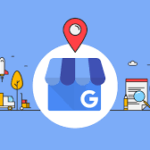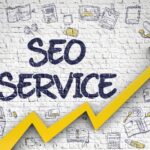We recently consulted a B2B company who was running a lead generation campaign but seeing little-to-no results. They had recently launched a new service in the HR space, but their target market wasn’t very familiar with it.
They were running Google Ads to a landing page offering a free consultation. A fine strategy, right?

But it wasn’t working.
The problem was not enough people were searching for their solution. And the few that wound up requesting consultations were unqualified.
This company needed a demand generation campaign to supplement their lead generation efforts. They needed to generate demand around their new offering before spending on lead gen.
How do you know which approach you should take for your business so that you don’t waste your marketing budget? We’ll cover that as well as:
- How to use each strategy for maximum success
- What to do if you have no clue where to start
- Examples of both strategies working together
What’s the Difference Between Demand Generation and Lead Generation?
Demand generation expands your audience pool, while lead generation captures your audience.
If you’re fishing – lead generation would be the act of catching fish, while demand generation would involve adding more fish to the lake.
Defining Demand Generation
Demand generation is the process of turning strangers into prospects. It’s one step down the funnel from lead generation, and focused on driving interest for your products or services.
The ultimate goal of demand generation is to spark interest.
Demand generation involves:
- Educating your target audience on your product / service
- Building trust and sparking interest
- Increasing brand awareness
If we look at a traditional AIDA marketing funnel, demand generation would move strangers into the awareness stage and through interest.
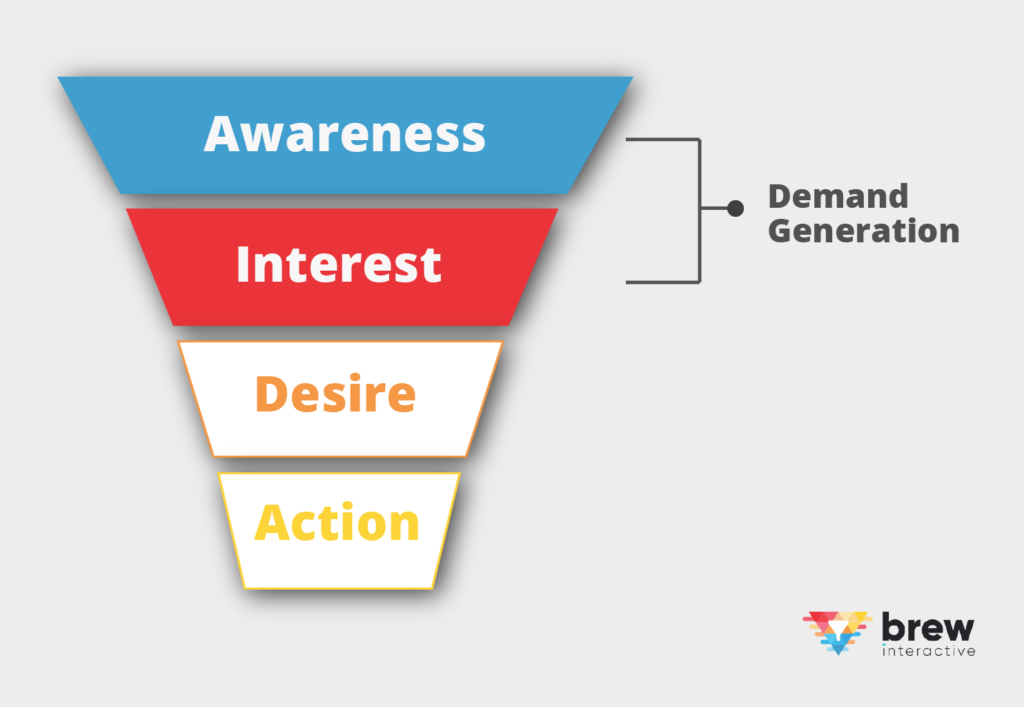
To measure demand generation success, you’ll want to measure metrics like:
- Reach
- Social media engagement
- Email signups
- Organic traffic
- Content downloads
Defining Lead Generation
Lead generation is the process of turning prospects into leads that go on to become customers. You’re taking prospects who are interested in your product or service and convincing them why you’re the best fit for their business.
The ultimate goal of lead generation is to convince a prospect to take action.
There are plenty of lead generation tactics and strategies you can employ to generate leads – especially if you’re in the B2B space.
Lead generation might involve:
- Capturing in-market traffic
- Capturing prospect information
- The beginning of the nurturing process
Inside the ADIA marketing funnel, lead generation moves prospects into the intent and action stages.

To measure lead generation, you’re going to want to track metrics like:
- MQLs and SQLs generated
- Subscriber to MQL conversion rate
- Customer acquisition cost
- Time to purchase
Is Demand Generation the Same as Brand Awareness?
Demand generation and brand awareness are very similar and often involve many of the same tactics.
That said, demand generation (in most cases) is more focused on creating prospects who come to the brand for a solution, whereas brand awareness campaigns are more of a long term play focused on improving brand perception and aesthetic.
A demand generation campaign seeks to answer the audience’s question, “Why do I need your product or services?” A brand awareness campaign might instead answer, “Who are you and what makes you unique in the market?”
Newer brands selling newer-to-market products and services should rely more heavily on demand generation, whereas brands selling commodities who already have a stake in the market should invest more heavily in brand awareness.
For example, Coca Cola might not necessarily need to generate demand for their product. Their brand perception is far more important.
A new-to-the-market sales software might need to introduce their brand to the world, but demand generation tactics are going to be a quicker track to leads and sales.
That said, these tactics should work together in an ideal world. Your demand generation tactics should improve brand awareness, and brand awareness campaigns should help generate demand for your products and services (more on this later).
How Do I Decide Between Demand Generation and Lead Generation?
As mentioned, in an ideal world, demand generation works in tandem with lead generation.
But if you have minimal budget and resources, this question alone should help you make a decision:
Is my product / service in high-demand?
Or: Are lots of people already in-market for my solution?
Consider a spectrum between products no one has ever heard of and don’t know they need (like a new software that helps you quickly create GIFs), and commodities everyone needs (like a laptop).
If you’re on the GIF software end of the spectrum, you probably need to start with demand generation. Educate your audience on their need and your solution while you introduce your brand.
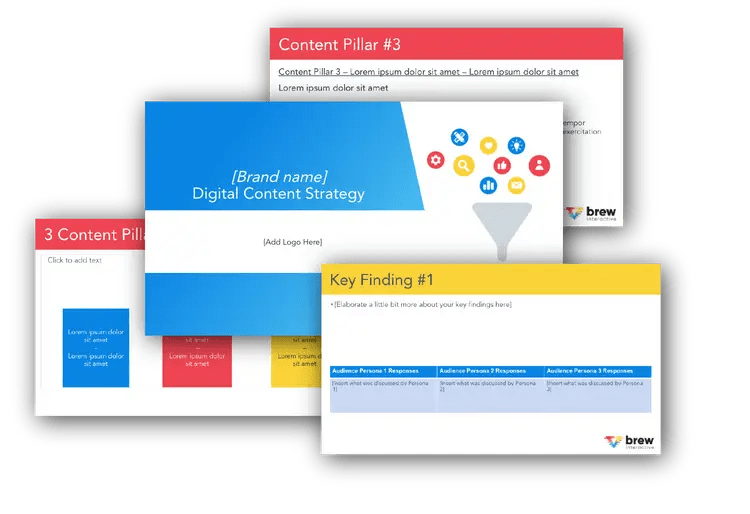
Free B2B Content Strategy Template
Not sure where to start when it comes to your content strategy? Struggling to gain traction? Grab our free B2B content strategy template to help you document your strategy.
If you find yourself on the other end of the spectrum, your money might be better spent on lead generation efforts. You don’t need to convince someone they need laptops for their business, you just need to be visible while they’re in the market.
And if you’re in a competitive market, you might want to invest in some brand awareness as well.
Lead Generation Strategies and Examples
There are a ton of lead generation strategies one could implement to drive qualified leads:
- Search Ads
- Highly Targeted Social Ads
- Email Capture w/ Gated Content
- Email Marketing
Not long ago, our team worked with a conversational commerce software company who helps companies better communicate with customers through SMS, WhatsApp, and other instant messaging platforms.
We weren’t sure whether their audience was in-market for these kinds of services or not. But after some research, we determined these products were very much in demand. So instead of having to drum up demand, we could lean on lead generation campaigns and trust our audience was already interested in the product.

Demand Generation Strategies and Examples
There are a ton of demand generation tactics and strategies:
- Brand Awareness Advertising
- Content Marketing
- Thought Leadership
- Webinars
- Social Media Marketing
- Viral Campaigns
Our team recently had the opportunity to work with an enterprise software company. Their solutions were fairly well known, but they needed help generating more demand in a specific region.
We ran Facebook and Instagram ads to a webinar signup, where they would learn more about the solutions our client offered and hear from industry thought leaders. We then retargeted those who attended to remain top of mind.
If you’re marketing in China, WeChat is a great place to run a demand generation ad campaign.

How Demand Generation and Lead Generation Work Together
In an ideal world, the conversation shouldn’t be demand generation vs lead generation, but demand generation with lead generation.
The two should work together to drive growth.
Demand generation should be used to drive qualified leads into lead generation efforts. The tactics and strategies are almost interchangeable, and can be easily connected.
For example, a piece of thought leadership content can be gated by an email capture. Once the email is captured, a welcome series can do the work of turning an interested prospect into a qualified lead that can then be nurtured.

The two strategies should work together to drive sales and revenue for B2B businesses.
Terakeet, an organic search company in US, recently ran an effective campaign that involved both demand and lead generation.
First, they created a really solid market trends article for the beauty and cosmetics industry, including a step-by-step case study on how one of the leading brands in the market leveraged SEO for growth. They heavily promoted the article and landed some solid press from popular websites.
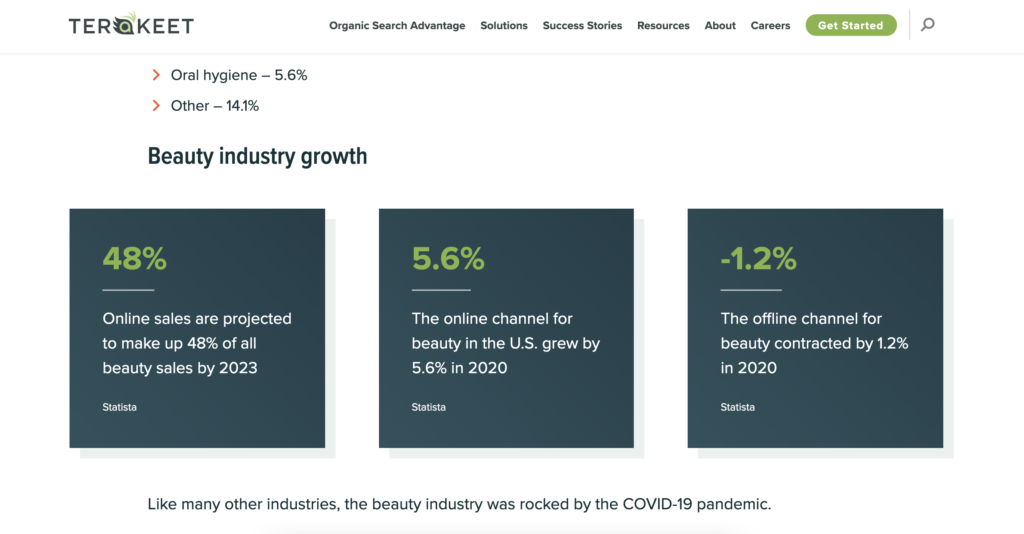
The market share piece drew a ton of attention, while the case study piece educated the viewers. This is demand generation at its finest.
On the article, the team included a few CTAs to download the full study in exchange for an email, generating a ton of leads.
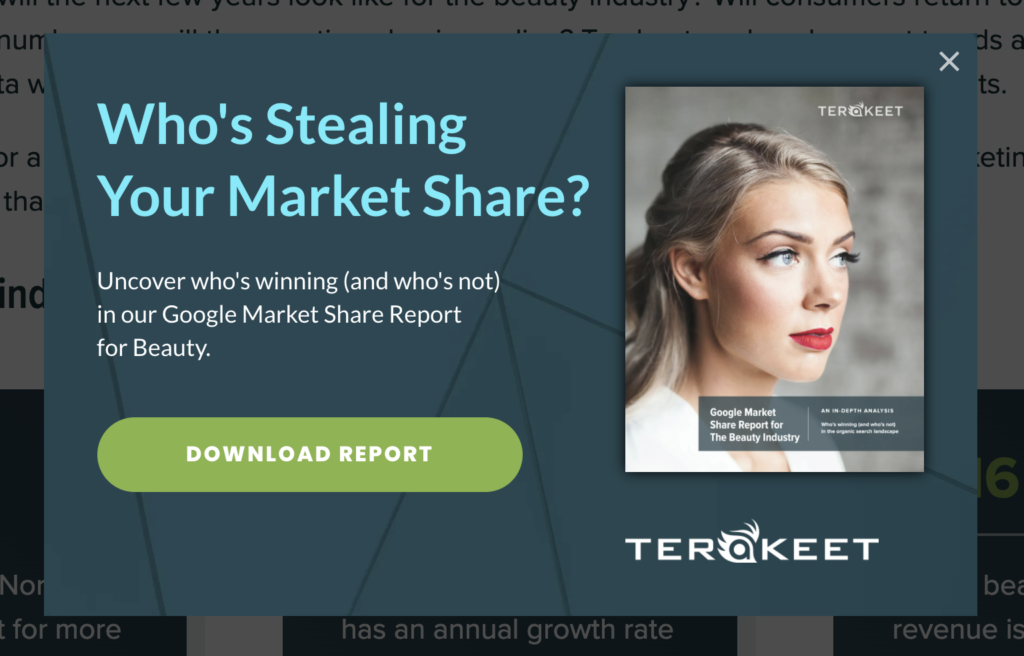
This is a textbook example of demand generation and lead generation working together. And note that it doesn’t have to be complicated – this was a fairly simple and straightforward marketing campaign.
Deciding Between Demand Generation and Lead Generation
To reiterate what we said above: you don’t have to choose. Great marketing campaigns often involve both strategies. But perhaps you have a limited budget and you’re still not sure where to start?

Let’s revisit the question we asked above:
Are lots of people actively searching for the solutions I offer?
If yes: A lead generation campaign might be a good place to start. Consider Google Ads or SEO to drive users to a conversion-optimized landing page. Consider an offer or free download of some kind, and be ready to nurture the leads you capture. And again, if you’re in a competitive market, some brand awareness might be helpful as well.
If no: You need to drum up some demand. Try demand generation tactics that put your solution in front of people, rather than waiting for them to come to you. Focus on compelling copy and highlight benefits. Consider Facebook Ads and lead people to authoritative content that both educates and piques interest.
Now go generate some growth.
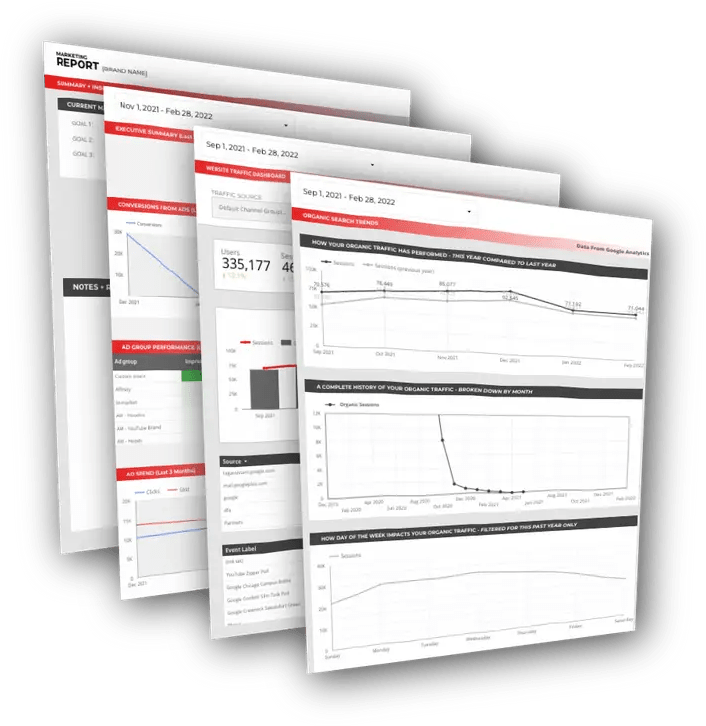
Free DataStudio Marketing Report
Improve your marketing reporting with our free DataStudio template that pulls data from Analytics, Google Ads, and Search Console to get a 360 degree view of your digital performance.

